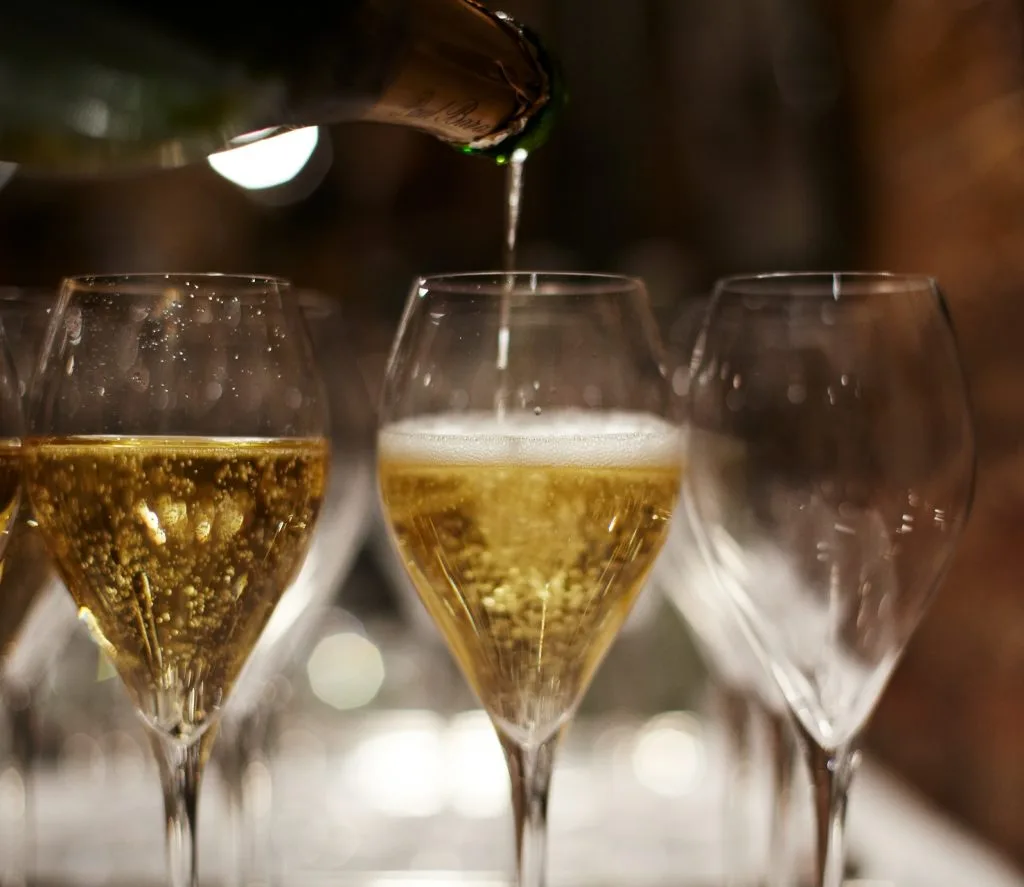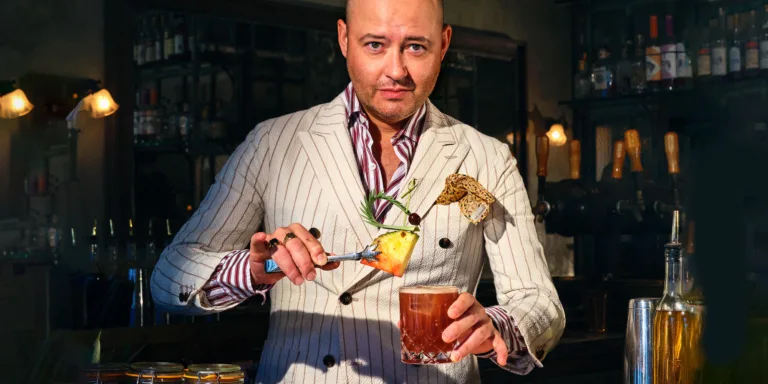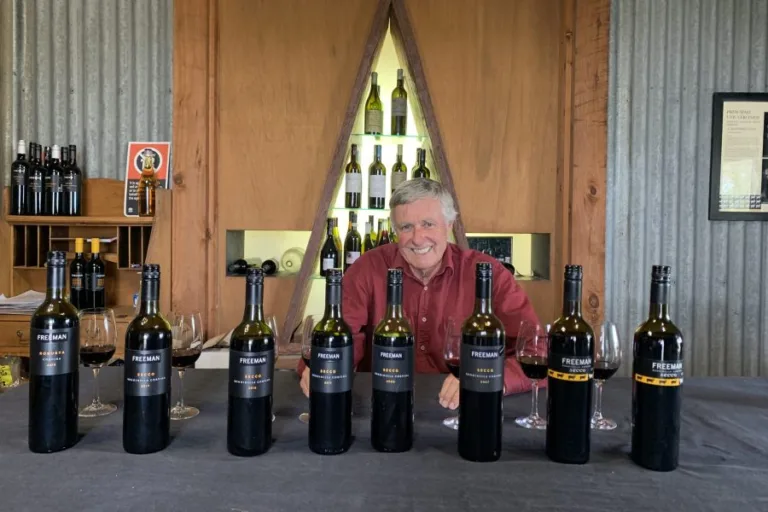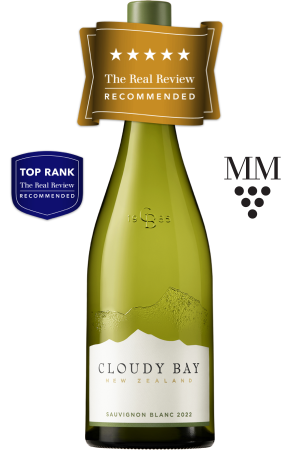Almost every wine, regardless of region or brand name, has a year on the label – the vintage.
This is the year the grapes were grown, and those four numbers contain a multitude of information: whether the spring was cold, with frost, leading to a small harvest; whether the summer had heat spikes, resulting in lower acidity than usual in the wine; or whether the autumn was fine and dry, resulting in ripe, soft tannins. The year has a huge impact on the style and quality of a wine, and its potential for ageing.
But occasionally, there is no year on the label. Such wines are non-vintage (or more accurately, multi-vintage). A non-vintage wine is one that does not come from a specific year, but is the result of wines from several years being blended together. In the wine world these are remarkably rare, confined to wines such as Sherry, blended through the years and across barrels to add huge depth and complexity to the wine.
But whilst globally rare, regionally they hold great sway in the key sparkling wine producing regions of the world, in particular Champagne. Non-vintage (or NV) Champagnes are the engine room of Champagne production, accounting for approximately 90% of the region’s annual output.
To understand why, you need to look both at the climate in the Champagne region, as well as the industry here. Traditionally the climate here has been unpredictable. The region suffers from cold winters, which can extend long into
This Article was originally published on Barry's Wine Blog






